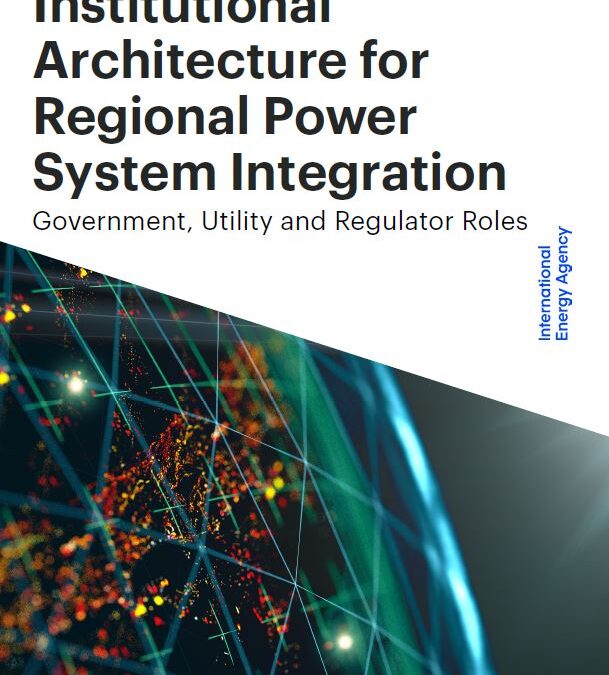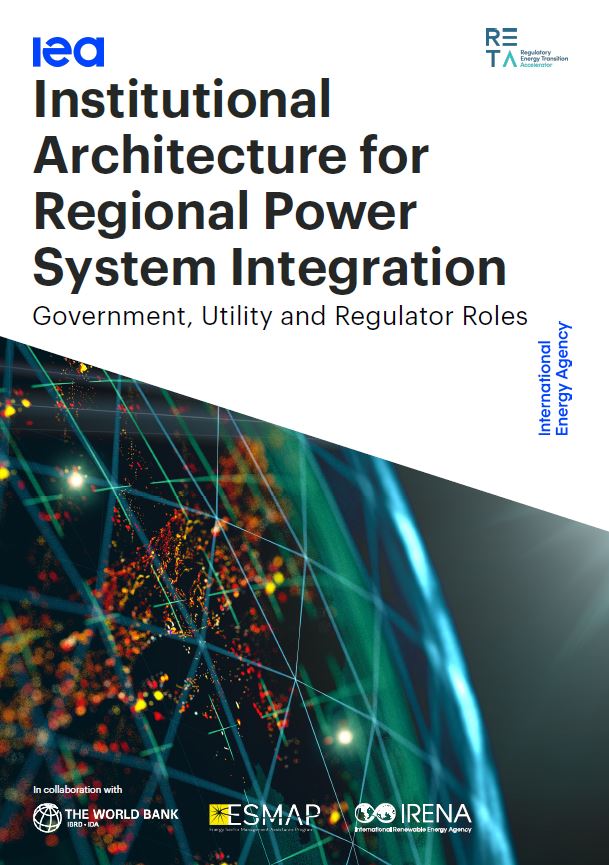
Establishing appropriate institutional architecture is important to integrate power systems across borders and facilitate electricity trading, as even if the necessary infrastructure is in place, it does not automatically follow that it is being used to exchange power effectively. The co-ordination of all stakeholders – governments, utilities1 and regulators – is required within jurisdictions, as is the creation of regional entities to support and oversee the integration process.
This report therefore examines stakeholder roles at different stages of crossborder integration to enable multilateral power trade. As energy regulators are our main audience, we focus on their roles and responsibilities after briefly addressing those of governments and utilities.
This document was developed under the Regulatory Energy Transition Accelerator (RETA) initiative, which aims to enhance the capacity of regulators to increase the speed of clean energy transitions. It is part of a series of guidance notes prepared by the IEA, the World Bank’s Energy Sector Management Assistance Program (ESMAP) and IRENA to help key stakeholders navigate the challenges associated with regional power system interconnections, by providing analytical outputs and examples of best practices for regulatory frameworks and mechanisms. These notes focus on the soft infrastructure of cross-border power exchange, in accordance with the priority topics identified through a survey of regulators in February-March 2023.
Institutional Architecture for Regional Power System Integration – Government, Utility and Regulator Roles


